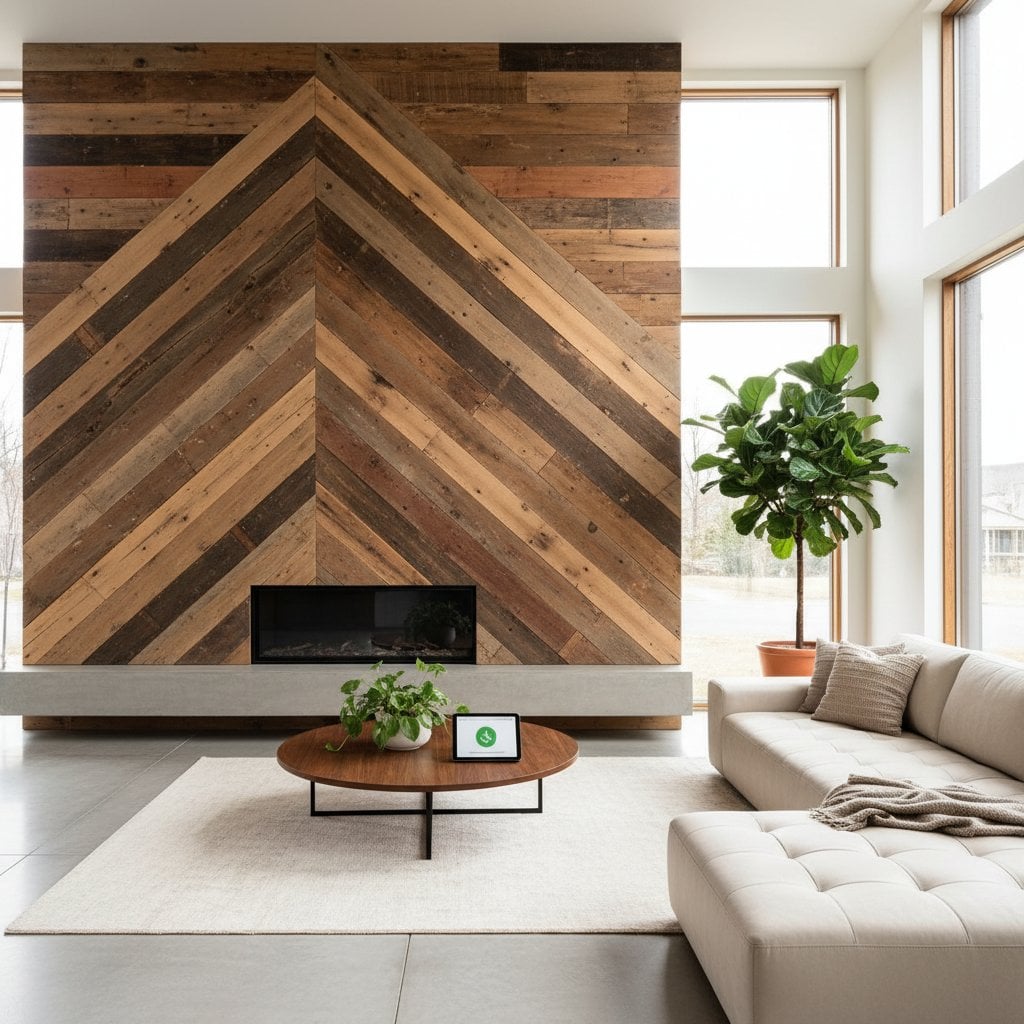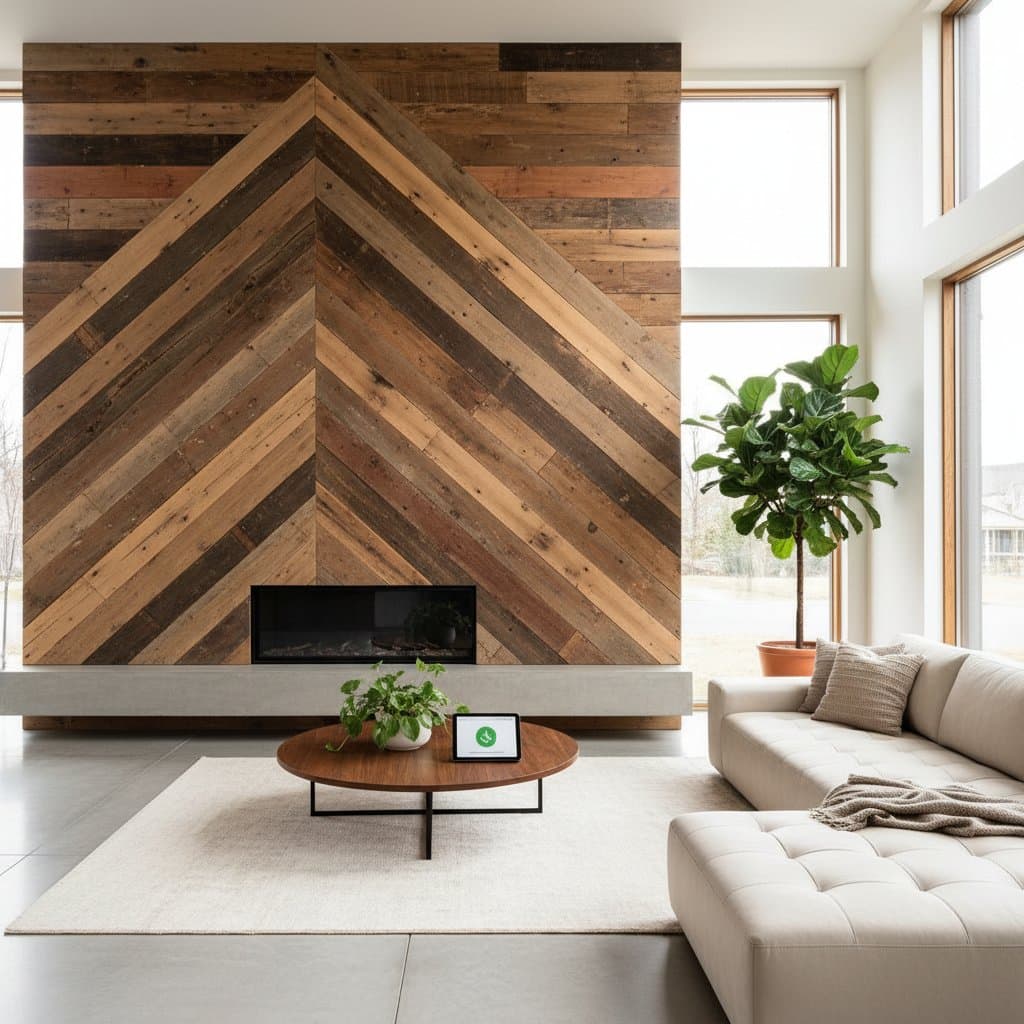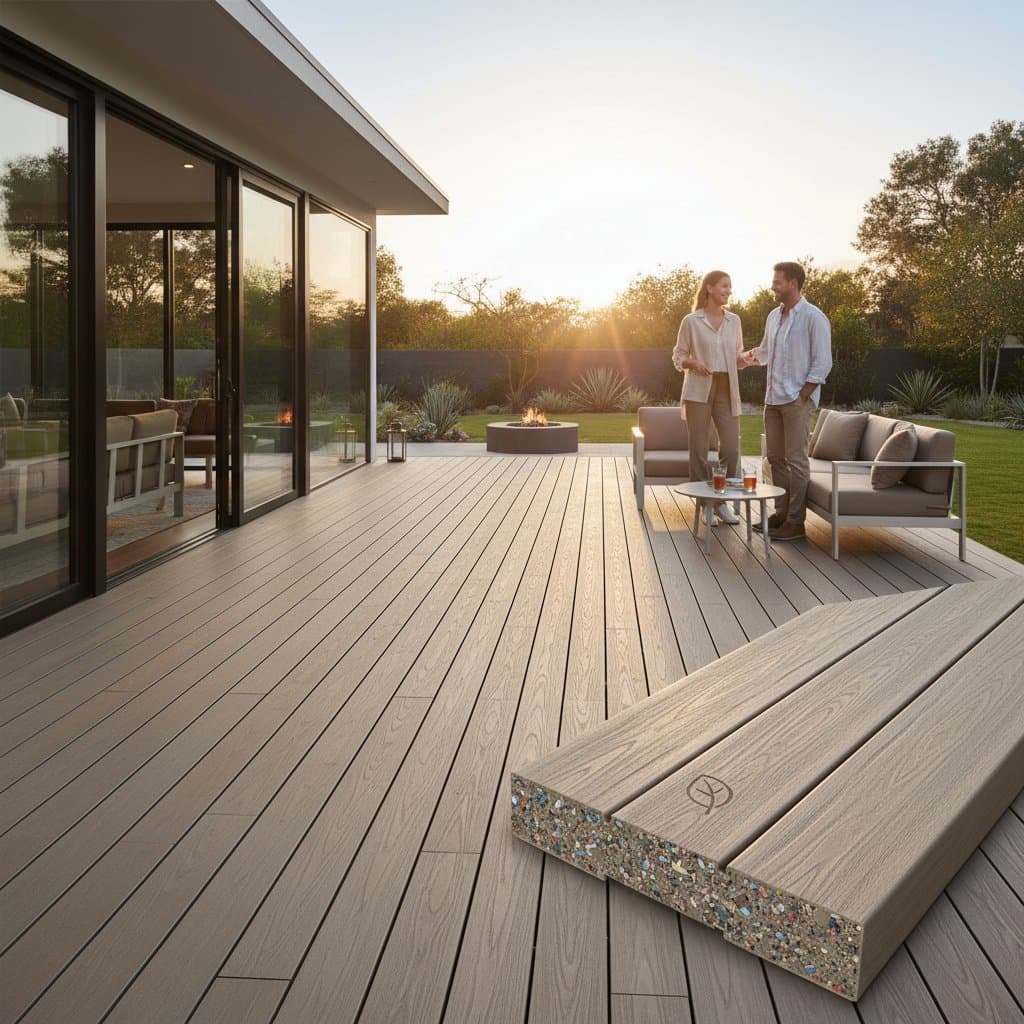Understanding Reclaimed Wood Floors
Reclaimed wood floors consist of timber salvaged from old structures such as barns, factories, or ships. This process repurposes materials that would otherwise contribute to waste, giving them new life in modern homes. Homeowners appreciate the unique character each board brings, from weathered grains to subtle color variations.
The appeal lies in its authenticity. Unlike newly milled wood, reclaimed options carry stories from the past, creating spaces that feel lived-in and genuine. In 2025, as sustainability gains prominence, these floors align perfectly with eco-friendly living trends.
Environmental Advantages of Reclaimed Wood
Choosing reclaimed wood reduces the demand for fresh timber harvesting. This choice helps preserve forests and minimizes deforestation impacts. Production of new wood flooring often involves energy-intensive processes, whereas reclaimed wood skips those steps entirely.
The material supports a circular economy. By reusing existing resources, it lowers carbon footprints associated with logging and transportation. Homeowners contribute to broader environmental goals without sacrificing style or quality.
Local ecosystems benefit as well. Sourcing reclaimed wood often involves regional suppliers, cutting down on long-distance shipping emissions. This approach fosters community-based practices that prioritize conservation.
Boosting Home Resale Value
Real estate experts note that reclaimed wood floors can increase a home's market value by up to 15 percent. Buyers view these installations as premium upgrades that blend luxury with responsibility. The unique patina and durability appeal to discerning purchasers seeking distinctive features.
Market data from recent years supports this trend. Properties with sustainable elements, including reclaimed materials, sell faster and at higher prices. In competitive housing markets, such floors serve as a standout selling point.
The investment pays off long-term. Unlike standard flooring that may need replacement sooner, reclaimed wood endures, preserving its value over decades. This reliability reassures buyers and enhances overall property appeal.
Aesthetic Versatility in Design
Reclaimed wood adapts to various interior styles. In rustic settings, its raw edges and knots create cozy, inviting atmospheres. For modern spaces, refinishing reveals smoother surfaces that complement minimalist decor.
Pair it with contemporary elements like glass walls or metal accents for striking contrasts. The wood's natural tones warm up otherwise stark environments. Designers recommend mixing grain patterns to add depth and visual interest.
Customization options abound. Staining or sealing allows tailoring to specific color schemes. This flexibility ensures the flooring integrates seamlessly with existing furniture and wall treatments.
Sourcing Reclaimed Wood Responsibly
Start by identifying reputable suppliers who verify the wood's origin. Look for certifications ensuring no historical or protected sites were harmed during salvage. Online directories and local salvage yards provide accessible starting points.
Visit facilities in person to inspect quality. Check for structural integrity, avoiding pieces with excessive rot or insect damage. Negotiate bulk purchases if planning large-scale projects to secure better rates.
Consider the wood's history. Options from demolished barns offer wide planks ideal for open layouts, while urban salvage yields narrower boards suited to cozy rooms. Document sources for potential resale discussions, highlighting ethical practices.
- Research local and national suppliers through industry associations.
- Request samples to evaluate texture and color in your lighting conditions.
- Verify sustainability claims with third-party audits when available.
Installation Best Practices
Professional installation ensures longevity and safety. Hire contractors experienced with reclaimed wood to handle irregularities in board sizes. Proper acclimation prevents warping as the wood adjusts to your home's humidity.
Prepare the subfloor meticulously. Level imperfections and apply moisture barriers to protect against dampness. Use adhesive or nails compatible with aged timber to avoid splitting.
Allow for expansion gaps around edges. These spaces accommodate natural movement, preventing buckling over time. Finishing with eco-friendly sealants enhances durability while maintaining the wood's character.
Maintenance for Lasting Beauty
Regular care keeps reclaimed wood floors looking pristine. Sweep or vacuum daily to remove dirt that could scratch the surface. Use soft cloths for spot cleaning, avoiding harsh chemicals that strip natural oils.
Address spills immediately with mild soap solutions. Annual professional refinishing restores luster without altering the patina. Monitor humidity levels to prevent drying or swelling.
Invest in felt pads under furniture legs. These protectors minimize wear from daily use. With consistent upkeep, the floors retain their appeal and value for generations.
Integrating Reclaimed Wood into 2025 Remodels
For upcoming renovations, prioritize reclaimed wood in high-traffic areas like living rooms and kitchens. Combine it with energy-efficient features for comprehensive sustainable upgrades. Budget for quality sourcing to maximize returns.
Consult designers early to visualize layouts. This step aligns the flooring with broader aesthetic goals. Homeowners who incorporate these elements report heightened satisfaction and market advantages.
Ultimately, reclaimed wood floors deliver multifaceted benefits. They enhance daily living while securing financial gains through elevated resale potential. Embrace this timeless choice to create enduring, responsible spaces.










